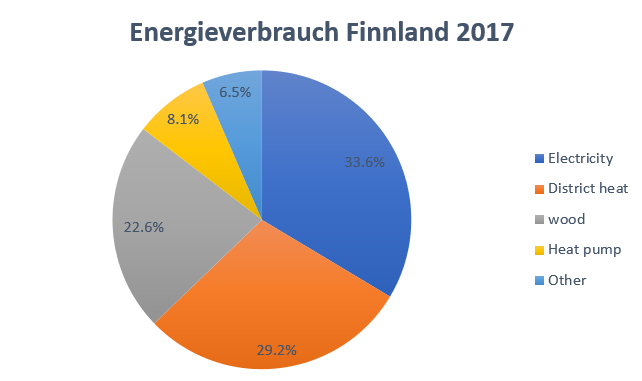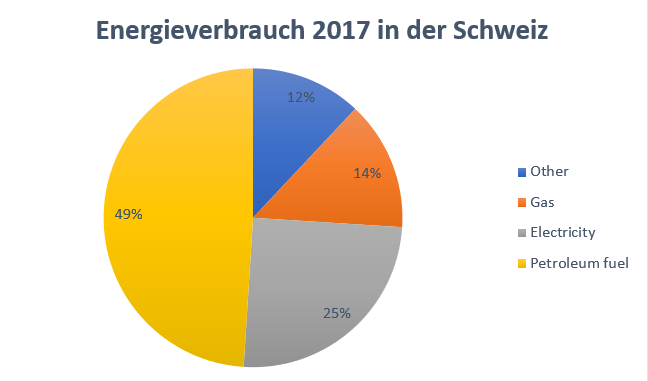Hi there,
We, Jessica Züger and Dominique Baumann, present you our findings about the theme long bright and short dark days. The idea came us during our summer holidays. We spent our summer holidays in Scandinavia.
Introduction
When we were on holidays in Scandinavia, we quickly established that the lighting conditions are very different compared to the ones in Switzerland. As we lied in our bed in the evening and the sun was still shining, we asked ourselves why the lighting conditions are that different compared to the ones at home. Because of this project we were able to expand our knowledge about this topic. We wanted to become informed, being able to understand it and even explain it to other asking people.
In our project we focused on the following questions:
- What is the reason that the lighting conditions are so different?
- Which are the impacts on the environment?
- Which are the impacts on humans?
- Does it need much more energy to power all the lighting systems in the dark winter season?
For answering these questions, we did an interview with a person who is currently living in Scandinavia. We also got in contact with a psychologist who gave us the answers regarding the impacts on humans.

Lighting conditions
The different light conditions are the effects of the angle (Sonneneinstrahlwinkel) on which the sun shines on the earth. During the northern winter the angle is very low with the consequence that the days are very short depending on the position’s latitude (Breitengrad). The extreme is situated on the North Pole, at 90° northern latitude it’s not getting bright for 6 months in winter (=polar night). The earth is turning constantly around herself (=rotation) and around the sun (=revolution). So in consequence there is this big difference between summer and winter. The effect is that during winter time it’s only around five hours bright in Scandinavia (depending on your position in relation to the North Pole).
More information about the cause of the earth’s lighting conditions and polar night (wikipedia.com)

Impacts on the environment
Environmental impacts are a meaningful problem for our civilization. The protection of the environment is an important task of the industrial countries. Following there are different important ways of how to catch as much light as possible and a example of an energy-saving lighting installation.
The use of the daylight
The use of the daylight depends on some influencing factor (Einflussfaktor) as example the size of the window, its cardinal point (Himmelsrichtung) and the situation of de neighboring buildings. The strength of the daylight depends also on the time of the day or the time of the year.
Energy-saving lighting installation
The power consumption for all in and outside lighting installation is worldwide by guess circa 19% . The percentage of the lighting installation amount to 9% to the usage of energy. [Source in progress]
The best solution for this problem is, to have a lighting installation which includes all the photometric demands (lichttechnische Anforderungen) and have an ideal energy input.
Impacts to humans
We wanted to find out in which way those lighting conditions do have impacts on humans. We made some research and also asked a friend who lives currently in Scandinavia doing her studies as a teacher. We also asked a psychologist to give us some answers regarding the impacts to humans.
Interview with Dina
It took place on Friday, December 7th. The following text is based on the answers from Dina.
Is the difference to Switzerland remarkable?
Yes it is a lot, in the wintertime, I also had the feeling that the days are really short in Switzerland and that you see nothing of the light or the sun because during the day you are working or studying, but here this is even more. just this two hours make such a difference.
It is also remarkable at the behaviour of the people and the government. Here everyone wears some reflectors and specially the children wear all the time some yellow reflection west. The cars are driving much more respectful for the pedestrians. The government give this stuff for free so that there are less accident.
Are you more tired on short dark days?
Of course it depends on the day and on my mood but I think in general I`m more tired than in summer. But this feeling I also have in Switzerland, I think here it is just a little bit more. Maybe there is also something with the Vitamin D because for example my Argentinian room mate had to take some tablets otherwise she would not have enough.
Do you feel something in due to the long bright days and the short dark days?
What is the most exhausting thing about?
Interview with a psychologist
It took place on Sunday, December 16th. The following text is based on the answers from the psychologist.
What impact do long bright days have on humans?
Normally long bright days are better for humans, because when it is bright, we are more outdoors in the fresh air and we collect more Vitamin D. We collect Vitamin D on and through our skin and we can measure it there.
The season of spring can have the opposite effect. People who have depressive tendencies notice the environment, the plants, the weather and other people around them are flourishing with spring.
How can we counteract against these negative impacts?
Light therapy can help to counteract these negative impacts. People with seasonal depression can sit each morning for 20 – 30 minutes in front of a light bulb which has about 10’000 lumen and is the size of an A3 paper. They have to sit with a distance of 40 – 50 cm between them and the light, and every 30 – 40 seconds they have to look directly into the light.
Does artificial light affect people differently to sunlight?
Artificial light does not affect the physical body very much but it does have an affect on the psychological system.
There are special “Real Light Bulb” that simulate real daylight. You can put them in a room to stimulate day at night. They are sometimes in offices and hospitals.
Energy usage
We have done a research about the usage of the energy in Scandinavia. To make it as simple as possible we compared two countries to each other. We had to decide between different Scandinavian countries and we chose the country Finland. In the following chart you can see the difference of the usage of energy in Switzerland compared to Finland.
The self-made graphics above are based on data from the Swiss energy statistics (bfe.admin.ch).
Vocabulary & sources
Translation of used words (in italics) from English to German.
angle = Winkel, Sonneneinstrahlwinkel
influencing factor = Einflussfaktor
cardinal point = Himmelsrichtung
photometric = lichttechnisch
energy input = Energieaufwand
Energy-saving lighting installation = Energiesparende Beleuchtungsanlagen
All the facts we mentioned in our post is based on the information from our interviews with our friend Dina N. and the psychologist Stefan B.
The information about the energy usage in Switzerland compared to Finland were found on the site Gesamtenergiestatistik of the Swiss Energy Government (bfe.admin.ch)
Jessica Züger and Dominique Baumann
On-topic posts on dontwastemy.energy
Q63 – Why is the sun bright and where does it take its energy from?
Q15 – How much energy do I consume per day and how can I calculate it?
Q23 – Top 5 Countries in saving Energy
☷ See the project teams here »
☵ Some words about the contributions »


